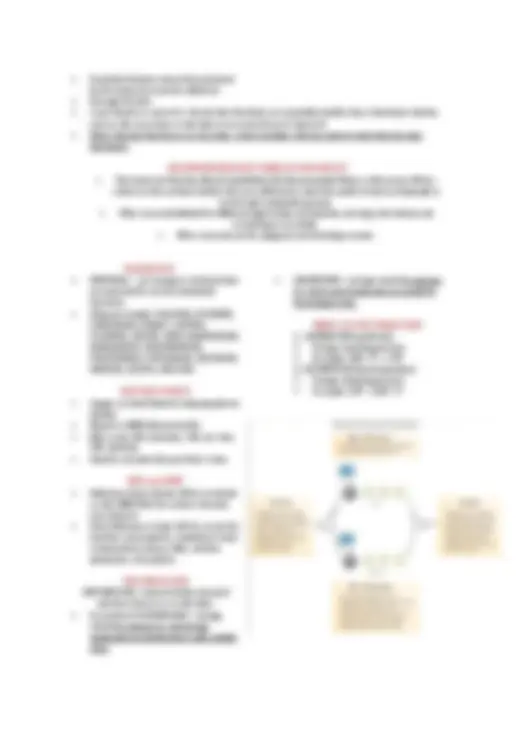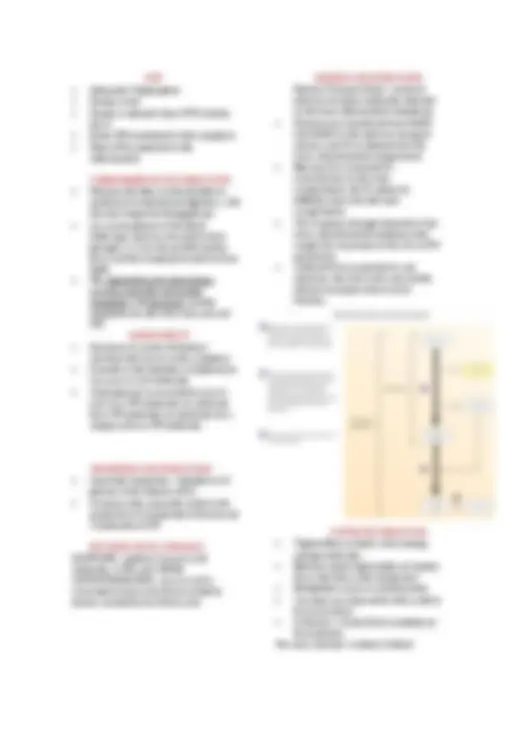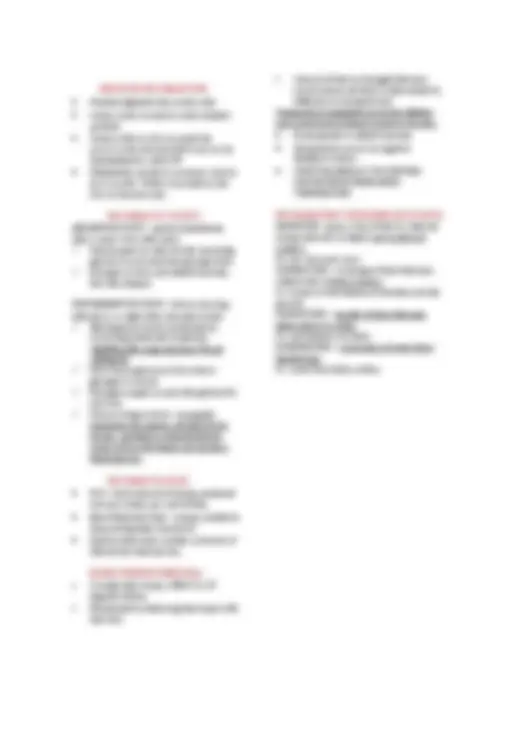





Study with the several resources on Docsity

Earn points by helping other students or get them with a premium plan


Prepare for your exams
Study with the several resources on Docsity

Earn points to download
Earn points by helping other students or get them with a premium plan
Community
Ask the community for help and clear up your study doubts
Discover the best universities in your country according to Docsity users
Free resources
Download our free guides on studying techniques, anxiety management strategies, and thesis advice from Docsity tutors
An overview of nutrition, metabolism, and body temperature. It explains the process of nutrition, the six major classes of nutrients, and the functions of carbohydrates, lipids, proteins, and vitamins. It also discusses the recommended amounts of each nutrient and the consequences of their deficiency or excess. suitable for students studying anatomy and physiology or nutrition.
Typology: Lecture notes
1 / 5

This page cannot be seen from the preview
Don't miss anything!




NUTRITION is the process by which food is taken into and used by the body; it includes digestion, absorption, transport, and metabolism.
LIPIDS - totally or partially insoluble in water.
Polyunsaturated fats are found in fish, safflower, sunflower, and corn oils.
UNSATURATED – “better” for us; liquid at room temperature. SATURATED – “bad” for us; solid at room temperature. TRANS FATTY ACIDS – processed fats and oils ▪ raise LDL and lower HDL ▪ increase heart disease
Cholesterol – a steroid ❖ high concentration in brain, liver, egg yolks, whole milk, cheese, butter, meats. LDL Cholesterol – low density lipoprotein ❖ “bad” cholesterol ❖ carries cholesterol from liver to cells HDL Cholesterol – high density lipoprotein ❖ “good” cholesterol ❖ carries cholesterol from cells to liver ❖ increase HDL through exercise
✓ Recommended amount: sparingy for saturated fats
✓ eat poultry, fish, and beans ✓ eat vegetables and fruits high in fiber ✓ use herbs and spices for seasonings ✓ broil, bake, grill ✓ limit creams and butter ✓ avoid processed cheese, egg yolks, liver
PROTEINS - chains of amino acids and are found in most of the plant and animal products eaten.
GLYCOLYSIS – produce 2 pyruvic acid molecules, 2 ATP, and 2 NADH. LACTATE FORMATION – pyruvic acid is converted to lactic acid and converted to lactate. (ionized form of lactic acid)
Electron Transport Chain – series of electron-transport molecules attached to the inner mitochondrial membrane.
ABSORPTIVE STATE – period immediately after a meal; 4 hrs after meal. ✓ Glucose goes to cells and the remaining glucose is converted into glycogen/fats. ✓ Glycogen in liver and skeletal muscles, fats into adipose. POSTABSORPTIVE STATE – late in morning, afternoon, or night after absorptive state. ✓ Blood glucose levels maintained by converting molecules to glucose. (NORMAL BG range between 70 and 110 mg/dL) ✓ First source glucose is liver where glycogen is stored. ✓ Glycogen supply can provide glucose for abt 4 hrs. ✓ Fats as energy source – can partly eleminate the need to use glucose for energy, resulting in reduced glucose removal from the blood and maintain blood glucose.
RADIATION – gain or loss of heat as infrared energy between 2 objects not in physical contact. Ex: sun, hot sand, snow CONDUCTION – exchange of heat between objects that in direct contact. Ex: contact of the bottom of the feet and the ground. CONVECTION – transfer of heat between body and air or water. Ex: cool breeze over body. EVAPORATION – conversion of water from liquid to gas. Ex: water from body surface.